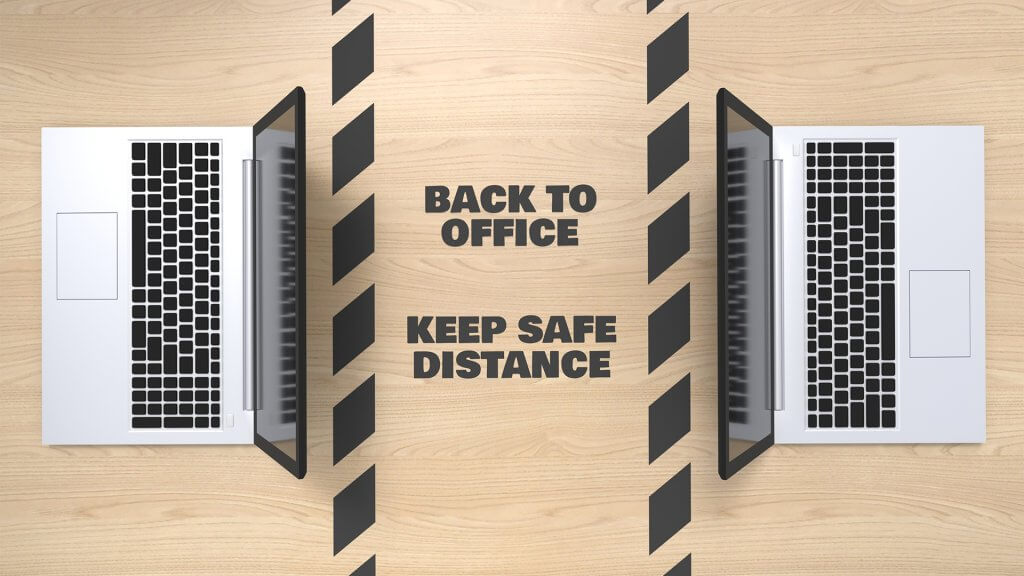
All entrepreneurs and business owners have one main goal; for their enterprise to thrive. Increasing revenue and reducing costs are two key elements to building a successful business in the EU, and beyond. But this won’t happen if their businesses frequently overspend for basic needs.
Whether the overspending is a result of not sticking to budget, using inaccurate estimates when setting the budget, or paying more for the basic services that help keep the business running, overspending can hobble any hopes for success. The only way to eliminate overspending is to identify the areas in which the business spends money excessively. Then reduce them accordingly.
Take a closer look at the reasons businesses spend more than they should and learn about the main areas in which enterprises frequently overspend below.
4 Reasons Businesses Overspend
There are many reasons businesses spend more than they should on services and other areas. These are the most common:
Lack of negotiation: Almost every aspect of business is negotiable—and that includes what appear to be standard service packages. Negotiate with employees, vendors, business partners, and service providers for better deals, rather than accepting the first offer. When negotiating with other stakeholders in EU states, businesses are at an advantage as they can leverage the benefits of free movement of goods and labour as a bargaining chip to reduce costs.
Failure to plan: A surprisingly large number of businesses don’t make plans or set budgets initially. Apart from a lack of financial direction, failure to plan properly means there’s a good chance management is ignorant of the costs involved in each category. One of the problems with that is that managers may agree to any costs quoted by vendors. Draw up a business plan and weekly, monthly, and yearly budgets that include research into the costs involved in each category.
Poor vendor selection: Not all vendors are trustworthy. While many offer good services at fair prices, others are manipulative, unreliable, and offer their services at inflated prices. Do research and ask associates for recommendations when considering vendors for your business.
Lack of analytics and auditing: A lack of analytics strategy and an auditing system is another reason overspend regularly occurs. Without analytics and auditing, it becomes difficult to flag and address areas of overspending. Implement an analytics and auditing strategy to prevent this.
6 Common Areas Of Overspending
Businesses frequently overspend in the following 6 areas:
1. Office expenses: Office expenses, from office space to the products and services needed to keep that space clean and running smoothly, are one of the most common areas of overspending. Office space is one of the single most costly areas.
In the wake of the pandemic and shifting behaviours, the demand for office space in Europe has skyrocketed. In 2023, the cost of office space in Brussels is already between €160 to €300 a square metre per year, depending on the location and the amenities on offer. That cost does not include your employees’ salaries. Amsterdam and Paris have also both experienced above-average market movement and are leading the way as Europe experiences a 300% increase in the demand for office space. This is set to push the price of office space up as demand grows ever-bigger.
Reducing the cost of those expenses begins with asking whether the office space is really necessary, or whether you could find a smaller office in another part of the city. You should also ask if it wouldn’t be more feasible to let employees work from home or remotely.
2. Labour: The costs of hiring employees for your business include more than weekly wages or monthly salaries. Taxes, employee benefits, and other outlays are part of the cost too. According to 2022 statistics, the average hourly rate of labour in the EU was €30.50, compared to €29.00 in 2021.
In addition to the high cost of full-time hire, other aspects of labour where businesses frequently overspend are a result of hiring employees prematurely as well as hiring too many employees. The result is overspending on employees that don’t generate an equal return. Before hiring new employees, ask whether you already have employees who can fulfill those roles. Even if it means asking several people to each perform a function or complete the tasks that would’ve been assigned to one new role.
3. Data management and storage: Modern businesses can’t escape the fact that data needs managing and secure storage space. Industry developments, customer information, sales figures, system backups, and other data must get kept safe from interference and theft—and that costs money. It’s possible to pay for cost-effective data management and storage services. But this is also one of the most common areas where businesses frequently overspend.
Overspending on data storage and management is especially true when you pay for a service that hasn’t been designed to meet your business’ needs. Or that offers more features than you need or use. Don’t pay for what you don’t need. Find a service that meets your business’ needs cost effectively.
4. Internet and telecoms: You cannot run a successful business without communication, which makes internet and telecommunication technology such as telephones vitally important. Hidden fees, unnecessary services, and overly substantial contracts are some of the ways businesses overspend on internet and telecoms.
Contact your internet and telecoms service provider(s) and find out about alternative rates and services that could reduce your spending. If they’re unhelpful, contact your service providers’ competitors and ask them if they can give your business better contracts and rates. If they can beat your current service provider, contact the current provider and let them know a competitor can beat their offering. They may offer you a better contract in a bid to keep you as a customer.
5. Advertising and marketing: There’s no escaping the fact that your business needs to spend money on advertising and marketing. Unfortunately, a number of businesses overspend on campaigns and methods that don’t result in proportionate sales revenue, as they don’t know how to calculate profit margin and ROI correctly. Rather than slashing the advertising and marketing budget, determine how to spend those funds efficiently so that you waste as little money as possible.
Draw up a reliable high-level strategy, spending on tactics that are proven to attract customers’ attention and result in sales, and on finding a trustworthy marketing and advertising partner. Remember to use free or low-cost marketing tools such as social media platforms, blogs, and email campaigns, in addition to traditional and other marketing channels.
6. Software: The right software can improve profitability, streamline operations, perform new functions, and offer new services. That said, every new software tool or package you add to your existing suite comes with a monthly subscription fee. Furthermore, you could end up paying subscription fees for software products that offer a variety of features you never use.
Audit the software your business uses. If you have a product that you use for only one feature while ignoring the other features, you are overspending on software. Find software that offers the functions and features your business needs and remove those that cost more money and take up more space than they deserve.
Focusing On Financials
Overspending is easy, especially in a business. The trick is to know what to look for, where you can cut costs, and what mistakes to avoid. Doing so will reduce your overheads and improve your profits, improving your chances of long-term success.






























